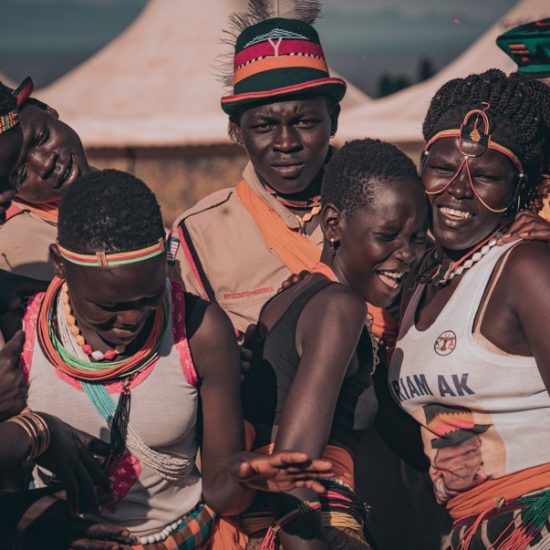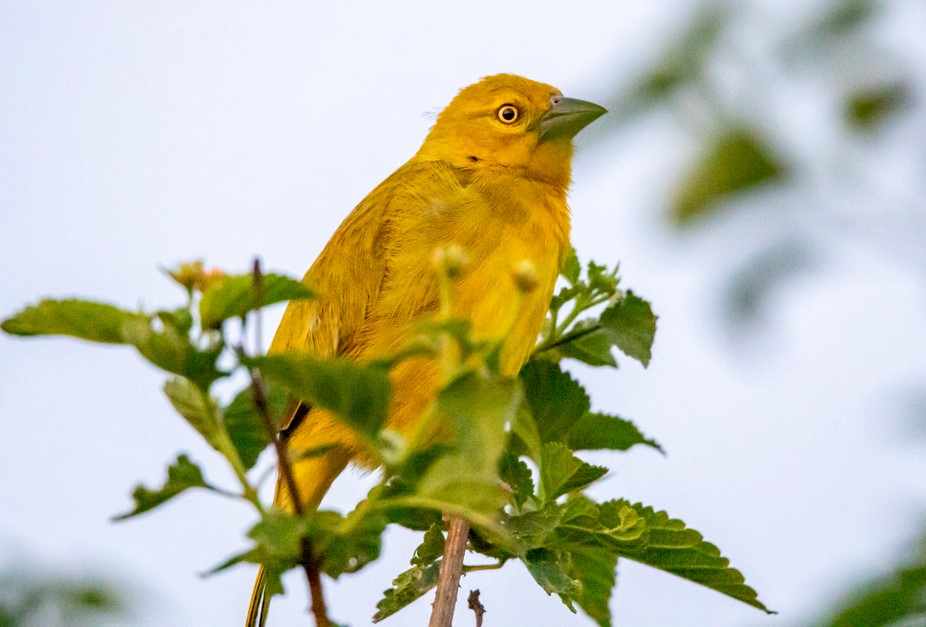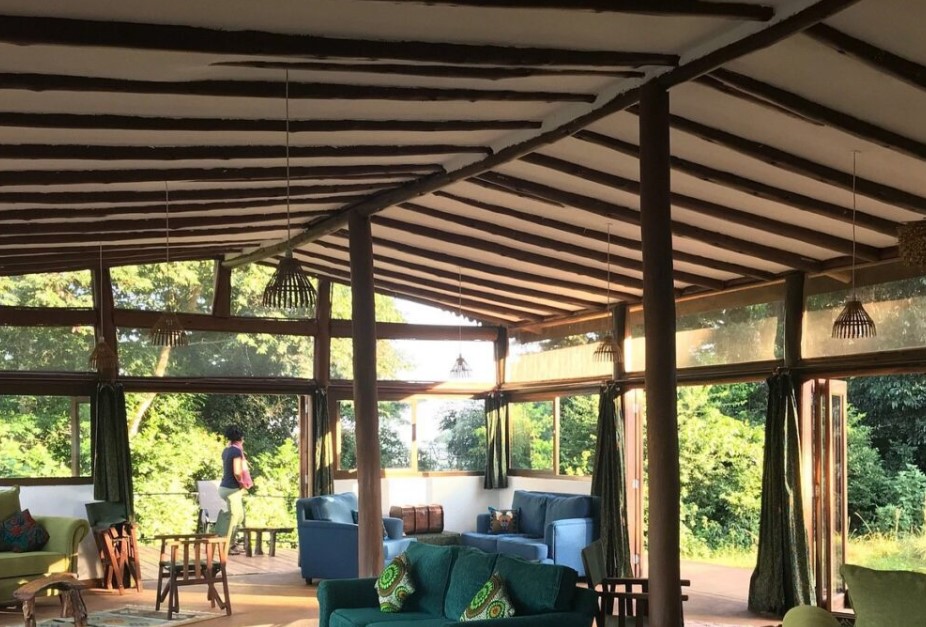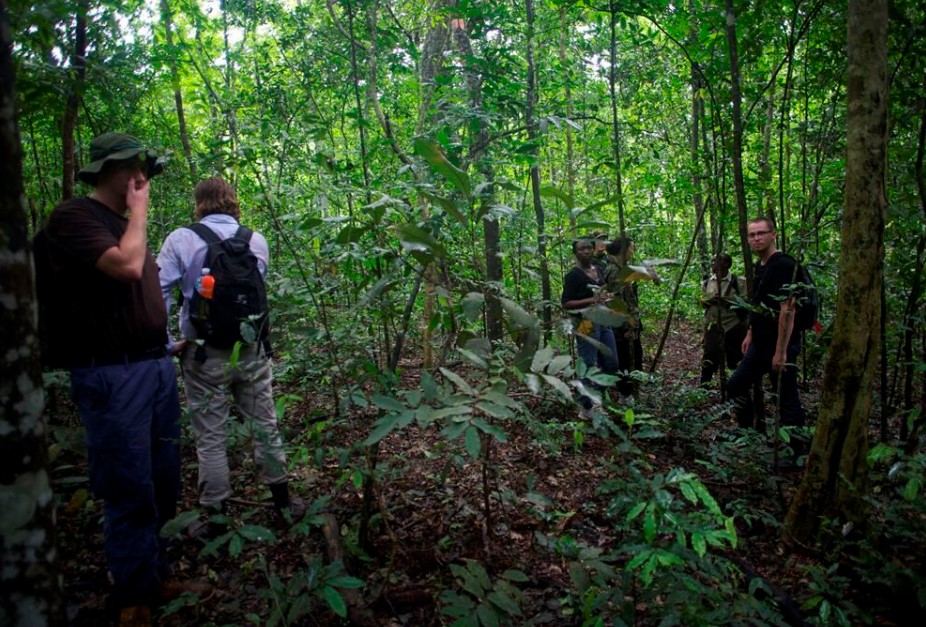
Gorilla Trekking and Batwa Experience
Gorilla trekking and Batwa experience are exciting adventures where people trek through dense forests to see mountain gorillas in their natural habitat. This guide helps you understand why Uganda is a top choice for seeing these animals and provides tips for planning your trip. Gorilla trekking and Batwa experience happen in four national parks across three African countries: Uganda, Rwanda, and Congo. In Uganda, Gorilla trekking and Batwa experience mainly occur at Bwindi Impenetrable National Park and Mgahinga Forest. Travellers can easily combine experiences in Uganda and Rwanda, as it’s a short drive from Kigali to Bwindi.
Additionally, the Batwa people, known as “The Keepers of the Forest”, were the first inhabitants of this jungle. They have lived in harmony with the forest and its creatures, including the mountain gorillas, for thousands of years. However, their way of life changed significantly in 1992. The Bwindi Impenetrable Forest is now a national park and World Heritage Site, protecting the 350 endangered mountain gorillas residing there. Historical evidence suggests that pygmy tribes like the Batwa have existed in Africa’s jungles for around 60,000 years.
Gorilla trekking in Uganda offers a unique sustainable wildlife experience. Gorilla safaris allow you to come close to the endangered mountain gorillas in their natural habitat. This unforgettable adventure is a once-in-a-lifetime experience. The guide includes important information to help you plan your gorilla trek, regardless of your experience level. You will receive practical advice and insider tips to make the journey special.
Batwa Experience
The Batwa cultural experience in Uganda offers tourists a chance to explore African culture through the Batwa people, known as pygmies. Once forest custodians, the Batwa lived in Mgahinga National Park and Bwindi Impenetrable Forest, where they hunted and gathered herbs for medicine. They resided in caves and huts, dressed in leaves and animal skins. However, in 1990, the Ugandan government evicted the Batwa from these national parks to protect endangered mountain gorillas. This eviction was done without compensation, forcing the Batwa to adapt to life outside the jungle.
Now living on the outskirts of the forest for over 35 years, the Batwa still cherish their former life in the jungle. Tourists can visit their communities, where elderly members share their stories in their local language, with guides translating into English. Visitors learn about the Batwa’s history as hunters and gatherers and their cultural practices. Despite their rich heritage, the Batwa live in poor conditions compared to other Ugandan tribes. Their homes are grass-thatched, and they still engage in illegal hunting, when possible, as well as gathering firewood and charcoal for sale.
While the government imposes strict rules to prevent forest encroachment, the Batwa receive help from neighbouring Bakiga farmers, who teach them to cultivate crops like maize, cassava, and potatoes. Tourists can explore different Batwa homes and observe their way of life.
Gorilla Trekking destinations in Africa.
Bwindi Impenetrable National Park is a UNESCO World Heritage site that protects over half of the world’s mountain gorillas. The park has four sectors—Buhoma, Ruhija, Rushaga, and Nkuringo—each with different trails for all trekking abilities. Mgahinga Gorilla National Park is smaller but also important, featuring one habituated gorilla family and scenic volcanic landscapes, as well as golden monkeys. Mountain gorillas can be found in Uganda, Rwanda, and the Democratic Republic of the Congo. Key parks for these gorillas include Mgahinga, Bwindi, Volcanoes National Park, and Virunga National Park in the DRC.
Why Choose Uganda for Gorilla Trekking
Uganda is one of the safest countries for tourists in Africa and offers a special gorilla trekking experience. Meeting gorillas in their natural habitat is a life-changing event, surrounded by beautiful landscapes and rich cultures. Additionally, there are various trekking options available. Picture sitting quietly next to a mother gorilla with her newborn baby—these memorable moments are why many people travel from around the world to experience gorilla trekking in Uganda.
Why Uganda should be your top choice for gorilla trekking
Uganda is home to more than half of the world’s mountain gorillas, located in Bwindi Impenetrable National Park and Mgahinga Gorilla National Park. This increases your chances of seeing these animals compared to other places. There are four trekking sectors in Bwindi (Buhoma, Ruhija, Nkuringo, and Rushaga) and one in Mgahinga, providing options for gorilla permits based on where you stay and your fitness level. Each sector has different landscapes and trekking experiences.
Gorilla trekking permits in Uganda are cheaper than in Rwanda, costing $800 instead of $1500, making it more accessible for travellers. There are various accommodation choices near Bwindi and Mgahinga, ranging from campsites and budget lodges to luxury eco-lodges and villas. In addition to gorillas, Uganda has many national parks nearby for wildlife safaris, allowing visitors to see other wildlife species such as elephants, lions, leopards, buffalo, and numerous bird species.
Gorilla trekking takes place in rural areas of Uganda, allowing visitors to experience the local cultures and learn about their customs and conservation efforts. This adventure is unique and contributes to saving the endangered mountain gorillas through sustainable tourism. Participating in this trek offers a special Ugandan safari experience that supports wildlife protection.
Regulations for gorilla trekking
Before going Gorilla trekking, it is important to wash your hands, wear a mask, and keep your voice low during the trek. It is prohibited to serve food such as fruits like bananas, mangoes, snacks, and others to animals, as this aims at preserving and protecting these wildlife species for generations, as well as their natural habitats. These species include mammals, primates, bird species, and reptiles, among others. Additionally, always keep your trash in your bag and take it back with you, as littering is not allowed in the park. In the morning, you will receive a briefing about the rules of Gorilla trekking, and then you will be divided into groups of eight, accompanied by a ranger into the forest.
When you get close to the mountain Gorillas, always follow the rules and regulations. The guides will provide you with information about them. Remember to stay calm, and don’t forget that they are wild animals, even though they may seem friendly. The Uganda Wildlife Authority protects the mountain Gorillas and monitors tourism to ensure their safety. Gorillas were once endangered due to habitat loss and poaching. This has also affected local people, like the Batwa, who were evicted from Mgahinga National Park and Bwindi Impenetrable National Park particularly to protect these mountain gorillas and their habitats. The forests are monitored closely, and only visitors with permits are allowed to trek mountain gorillas.
How does gorilla trekking differ from gorilla habituation
Gorilla trekking differs from gorilla habituation in that visitors spend an hour with the mountain gorillas, whereas gorilla habituation allows visitors to spend four hours with the primates in their natural habitat, as they observe and study their social structures and behaviors.
How to get to Bwindi for Gorilla Trekking and Batwa experience
To reach the magical Bwindi Impenetrable National Park in southwestern Uganda, you will need to arrange either scheduled or charter domestic flights with Aerolink Uganda from Entebbe International Airport to Kisoro Airstrip, after which you will need to connect to Bwindi via road. The Bwindi Impenetrable National Park can also be reached by road transportation. From Kampala, visitors will go through Masaka, Mbarara, Kabale, and finally to Bwindi Impenetrable National Park, which takes roughly 8 to 10 hours in a safari vehicle. It also takes about 4 to 5 hours to get to Bwindi Impenetrable National Park from Kigali, Rwanda, where travellers fly to Kigali International Airport and then connect to Bwindi via the Cyanika border in Kisoro or the Katuna border in Kabale.
What to carry for gorilla habituation experience
A few must-haves for a gorilla habituation safari in Bwindi Impenetrable National Park are camera, insect repellent, gardening gloves, water bottle, hiking shoes, long sleeve shirt and pants, waterproof rain jacket, warm sweater, camera and extra batteries, energy-giving snacks, walking stick, binoculars, face masks and a backpack, among other things.







